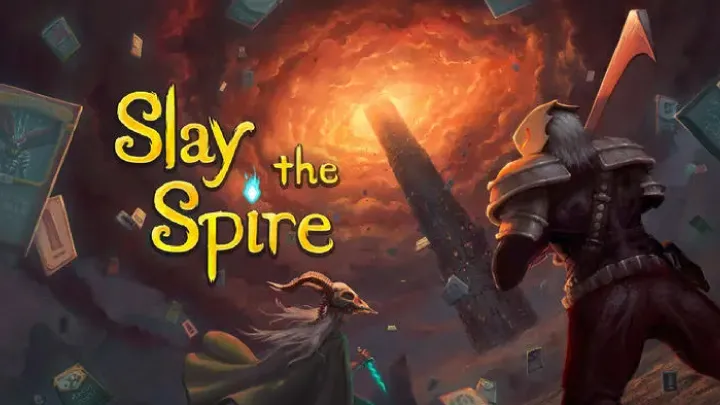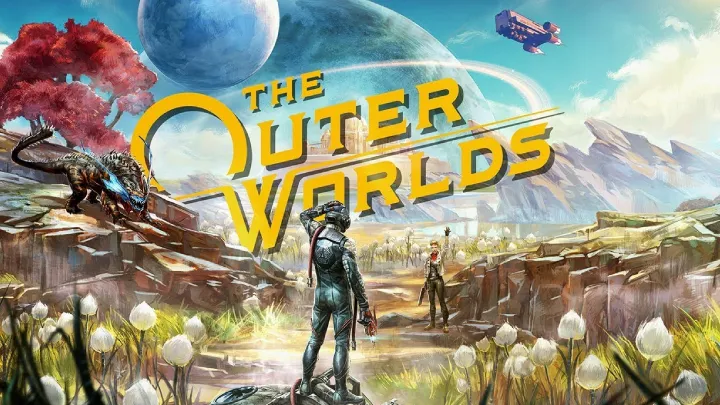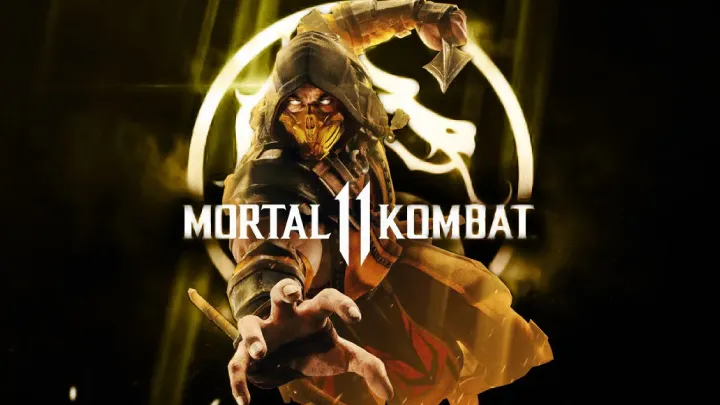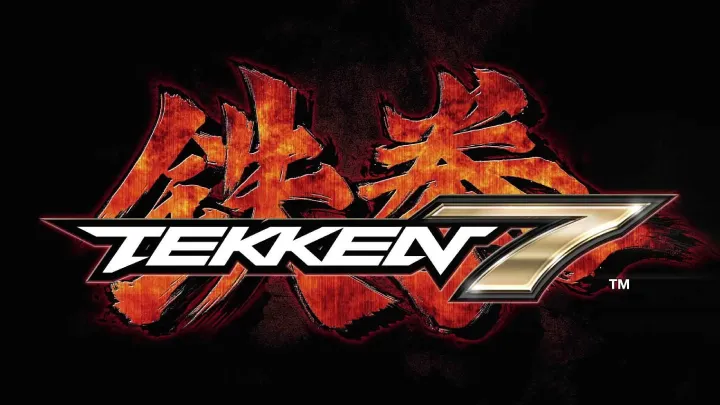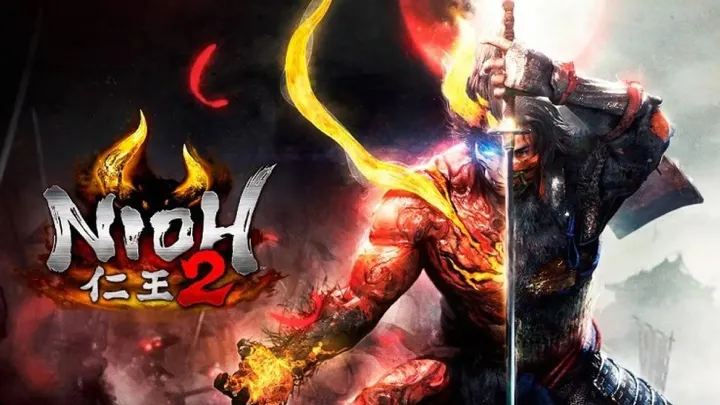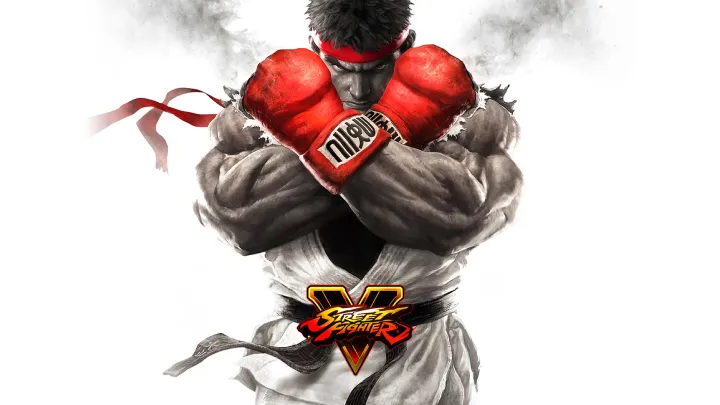
Introduction
Street Fighter V, developed by Capcom, has been a staple in the competitive fighting game scene since its launch in 2016. Renowned for its deep mechanics, diverse cast of characters, and vibrant online community, the game has captured the hearts of both casual players and eSports aficionados. However, despite its enduring popularity, Street Fighter V has faced significant criticism surrounding character balance. The disparity in character viability has caused frustration among players, leading to discussions about the game’s meta, tier lists, and overall competitive integrity. This article will delve into the complexities of character balance in Street Fighter V, examining its implications on gameplay, community engagement, and the player experience.
The Foundation of Street Fighter V’s Gameplay
Core Mechanics and Systems
Street Fighter V features several key gameplay mechanics that set it apart from previous installments in the franchise. These include:
- V-System: This introduces new mechanics that allow players to utilize V-Gauge, enhancing their abilities through V-Skills, V-Reversals, and V-Triggers. This system adds layers of strategy and risk to combat.
- Frame Data: Understanding frame data is essential for competitive play. It determines the speed of moves and the effectiveness of attacks, fundamentally shaping the combat experience.
- Kala-Kicks and Crumple States: These mechanics enable more intensive combos and interactions, allowing players to capitalize on opponents' mistakes.
Accessibility for New Players
While Street Fighter V retains complex mechanics, it also strives to be accessible to new players. The introduction of various tutorials and practice modes offers resources for newcomers to learn the game. However, mastery remains a significant challenge, especially when grappling with advanced character mechanics and spacing techniques.
The Meta and Its Impact
Understanding the Meta Game
The meta in fighting games refers to a set of strategies, character choices, and player behaviors that dominate the competitive landscape. In Street Fighter V, the meta continually evolves with patches, character releases, and tournament results. As some characters rise to prominence, others can be perceived as underwhelming, leading to shifts in player choices.
The Rise of Top-Tier Characters
Characters such as Akuma, Kage, and G have often been deemed top-tier selections due to their strong move sets and potential for damage output. Their viability within the competitive scene can skew player perceptions, prompting less favorable views towards other characters.
- Akuma: With high mobility, powerful mix-ups, and an exceptional punish game, Akuma remains a perennial favorite.
- Kage: As a character built for aggressive play with options to capitalize on opponents’ mistakes, Kage offers players significant rewards for risky decisions.
- G: His unique mechanics and potential for heavy damage output, combined with a strong zoning game, keep him at the forefront of the meta.
The Disparity Between Characters
The Problem of Balance
One of the most significant concerns within the Street Fighter V community is the apparent imbalance among character strengths. While all characters have their strengths and weaknesses, some have attributes that essentially render them more viable in competitive play.
Frustration with Underpowered Characters
Characters like F.A.N.G. and Ibuki often face scrutiny due to perceived weaknesses compared to higher-tier characters. Players using these characters may find themselves at a disadvantage in competitive settings, leading to frustration over their character choices.
Consequences of Imbalanced Play
The disparity in character strength can lead to a lack of diversity among character selections at high-level play, as more players gravitate towards the strongest options. This can reduce overall engagement and enjoyment of the game, particularly for those who prefer playing less popular characters.
The Effect of Regular Updates and Patches
Capcom's Approach to Balancing
Capcom has released numerous patches and balance updates throughout Street Fighter V’s lifespan, aiming to fine-tune character strengths and weaknesses. These updates serve to maintain a dynamic meta by continually assessing how changes affect gameplay.
- Adjustments to Frame Data: Changes to frame data for certain moves can significantly impact character viability, prompting players to re-evaluate their strategies.
- Reworking Underperforming Characters: Major updates often focus on tweaking the abilities of lower-tier characters to bring them more in line with the rest of the roster.
The Challenge of Reactive Balance
While Capcom's balancing efforts show a commitment to address player concerns, adjustments often lag behind emerging trends. This can lead to frustration within the community when certain characters dominate for extended periods, even as calls for change gain traction.
Community Engagement and Feedback
The Role of Player Feedback
The Street Fighter V community has maintained an active dialogue regarding balance and character strength. Players frequently share their experiences and insights through forums, social media platforms, and tournaments. This feedback loop is essential for developers to gather data on character performance and player sentiment.
The Impact of Professional Players
Professional players exert considerable influence on community perceptions of character balance. When top players showcase certain characters, it can lead to a ripple effect in the community, driving more players to adopt those characters, further emphasizing the disparity in the balance.
Access to Resources for Improvement
Developing Skill Beyond Character Choice
While balance issues certainly affect character viability, it’s essential to recognize that skill development and knowledge of the game also play critical roles in competitive play. Players must invest time in understanding frame data, character matchups, and overall mechanics to succeed.
Creating a Knowledge Base
The availability of online guides, tutorials, and resources has exploded in recent years. Players can learn about characters, combos, and strategies through platforms like YouTube, Twitch, and community forums. This wealth of information helps balance character disparities by empowering even underpowered characters through skilled play.
The Future of Character Balance
Anticipating Future Updates
As the competitive landscape continues to evolve, the importance of character balance remains paramount for keeping the player base engaged. Upcoming patches should remain flexible and responsive to community feedback and competitive results, ensuring continuity in engagement and interest in the game.
Balancing for New Players and Pros
Going forward, maintaining that delicate balance between making the game competitive and ensuring accessibility for new players should be a priority. Implementing more harmonious balancing updates will help draw in a wider audience while maintaining the integrity of the professional scene.
Conclusion
Street Fighter V embodies the complexity of modern fighting games, effortlessly marrying intricate mechanics with competitive play. However, the ongoing challenges surrounding character balance threaten to undermine the game's potential. As players continue to navigate the nuances of the meta and engage with their favorite characters, developers must take proactive measures to foster a more balanced and inclusive environment. By listening to community feedback, regularly updating the character roster, and providing valuable resources, Capcom can ensure a vibrant future for Street Fighter V—where diversity in character choice thrives, and all players can enjoy the rich fighting experience it offers.










